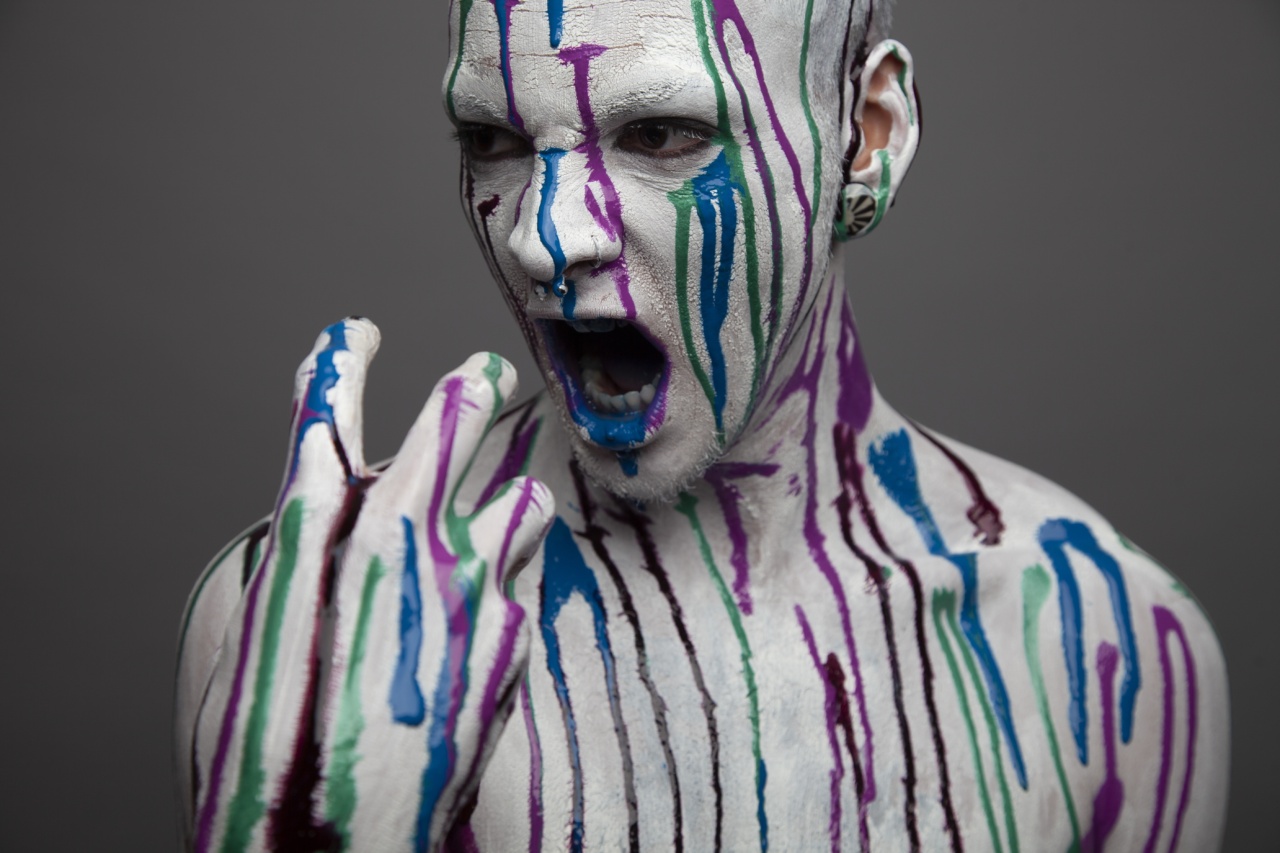Body dysmorphic disorder (BDD) is a mental health condition in which a person is excessively concerned about perceived flaws in their appearance. Men, like women, can suffer from body dysmorphia, but it is often underreported or misdiagnosed in men.
Common symptoms include obsessive thoughts and behaviors such as spending excessive amounts of time grooming or checking one’s appearance, avoiding social situations due to appearance anxiety, and seeking out unnecessary cosmetic procedures.
Why is Body Dysmorphia a Hazard?
Body dysmorphia can have an immense impact on a person’s mental and physical health. Here are some of the ways that body dysmorphia can be hazardous:.
1. Impact on Mental Health
Body dysmorphia can lead to a range of mental health problems, including depression, anxiety, social anxiety, and low self-esteem. It can also lead to obsessive and compulsive behaviors, which can interfere with a person’s daily life.
2. Relationship Problems
Body dysmorphia can lead to relationship problems, including difficulty forming and maintaining intimate relationships.
Men with body dysmorphia may feel ashamed or embarrassed about their bodies, leading to isolation and avoidance of social situations.
3. Risk of Eating Disorders
Body dysmorphia can also lead to disordered eating patterns, including restrictive eating, binge eating, and purging. Men with body dysmorphia may be overly concerned with their weight or body shape, leading to an unhealthy relationship with food.
4. Risky Behaviors
Men with body dysmorphia may engage in risky behaviors such as steroid use, excessive exercise, or other harmful habits to achieve their desired body shape or size.
5. Financial Burden
Men with body dysmorphia may be tempted to spend large amounts of money on cosmetic procedures or supplements in an effort to try to improve their appearance. This can lead to significant financial burden.
How to Address Body Dysmorphia in Men?
If you identify with some of the symptoms of body dysmorphia, it is important to seek help. Here are some ways that you can begin addressing body dysmorphia:.
1. Seek Help
Speak to a mental health professional who specializes in body dysmorphia. They can help you identify and address the underlying causes of your condition and provide you with strategies to manage your symptoms.
2. Join a Support Group
There are many support groups for men who struggle with body dysmorphia. These groups provide a safe space for men to share their experiences and offer support and encouragement to one another.
3. Work on Accepting Yourself
It can be difficult to accept yourself if you are struggling with body dysmorphia. However, it is important to remember that your worth is not determined by your appearance.
Work on cultivating self-acceptance by focusing on your positive qualities and developing a more compassionate attitude towards yourself.
4. Practice Mindfulness
Mindfulness can be an effective way to manage symptoms of body dysmorphia. Try practicing mindfulness exercises such as meditation or deep breathing to help you become more aware of your thoughts and feelings without judgment.
5. Avoid Triggers
Avoid situations or people that trigger your body dysmorphia. If social media or certain magazines make you feel bad about yourself, take a break from them.
Surround yourself with supportive friends and family members who accept and appreciate you for who you are.
The Bottom Line
Body dysmorphia is a serious condition that can have a significant impact on a person’s mental and physical health. If you are struggling with body dysmorphia, seek help from a qualified mental health professional and consider joining a support group.
With the right treatment and support, it is possible to overcome body dysmorphia and develop a healthier relationship with your body.






























